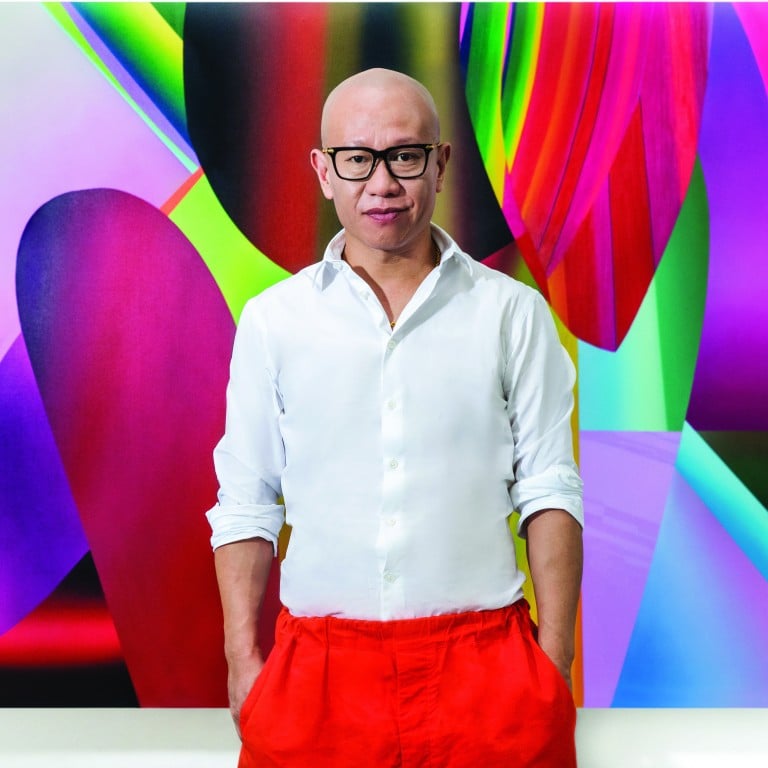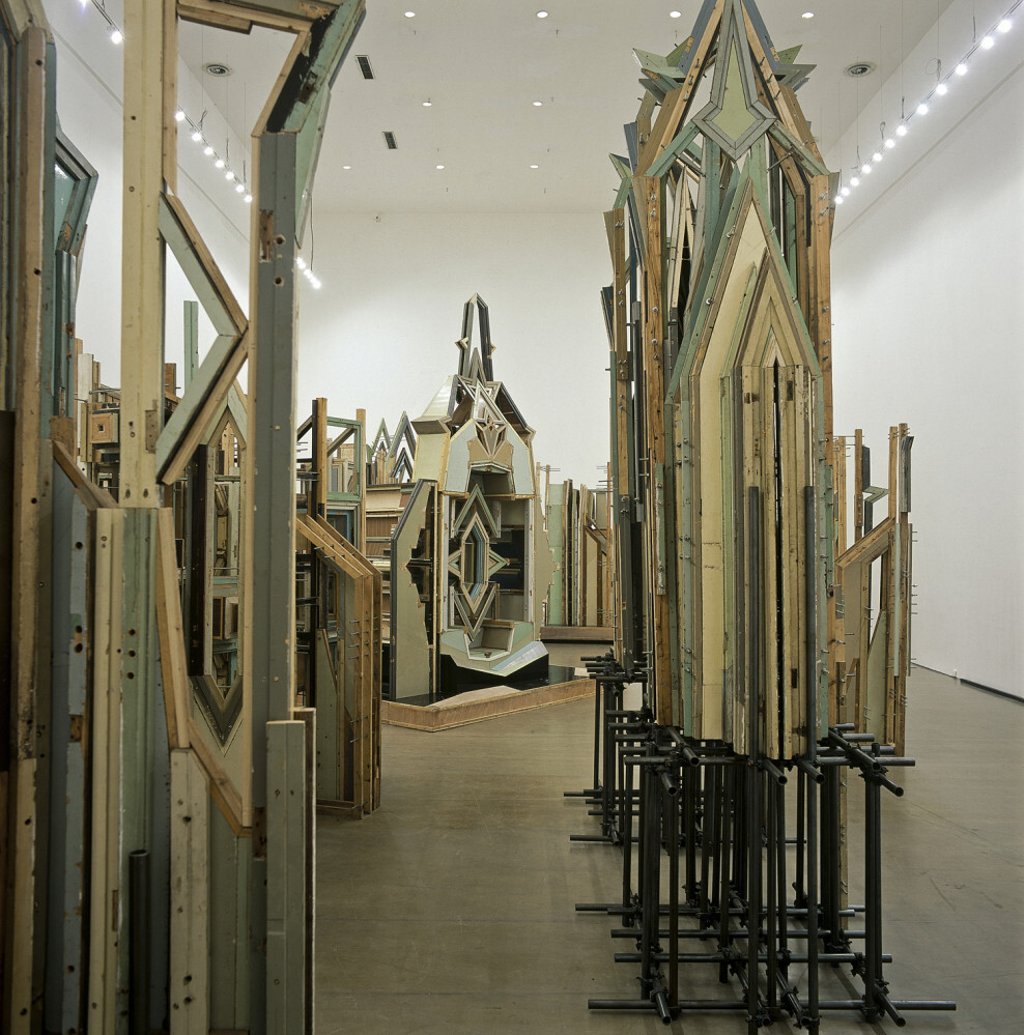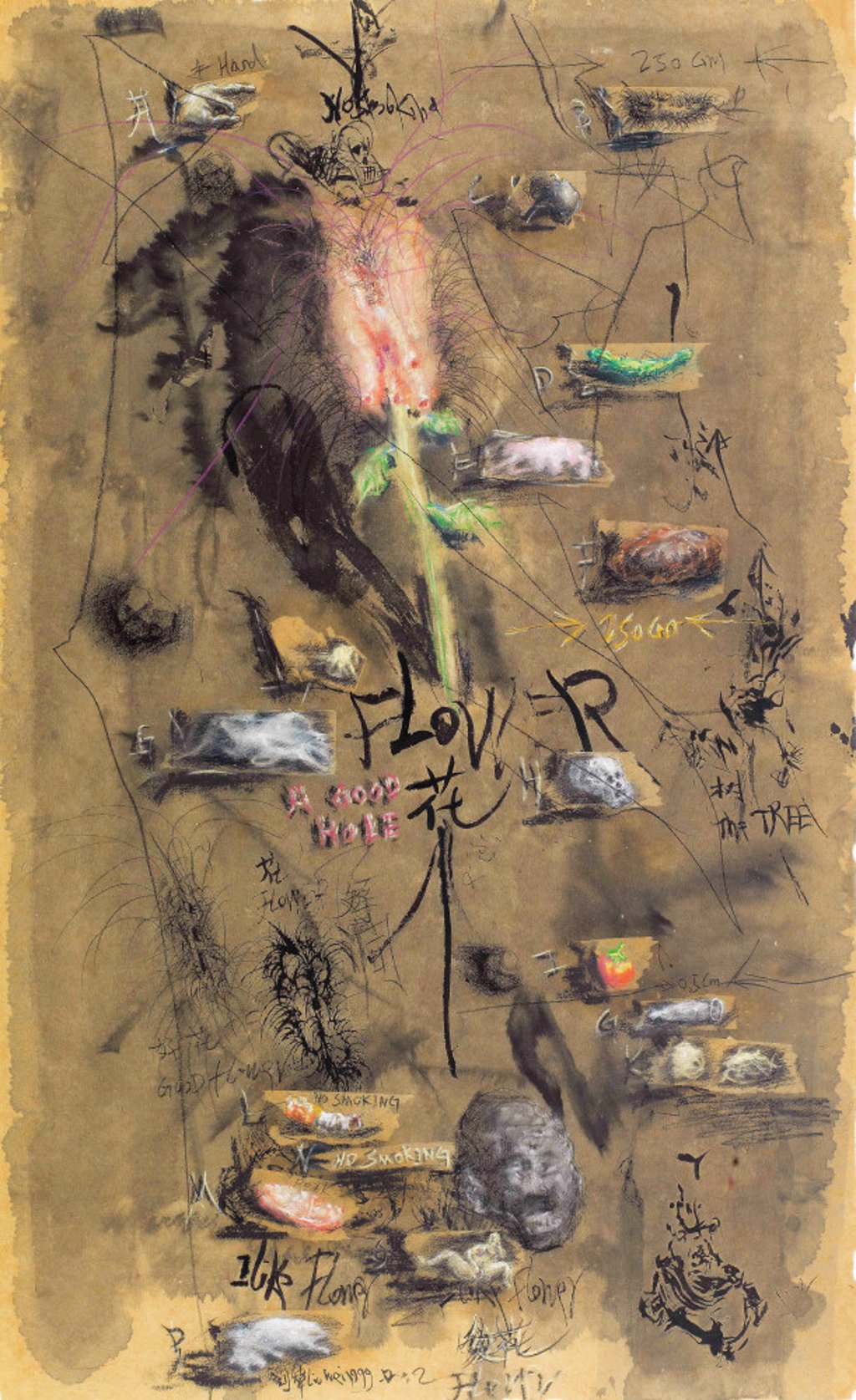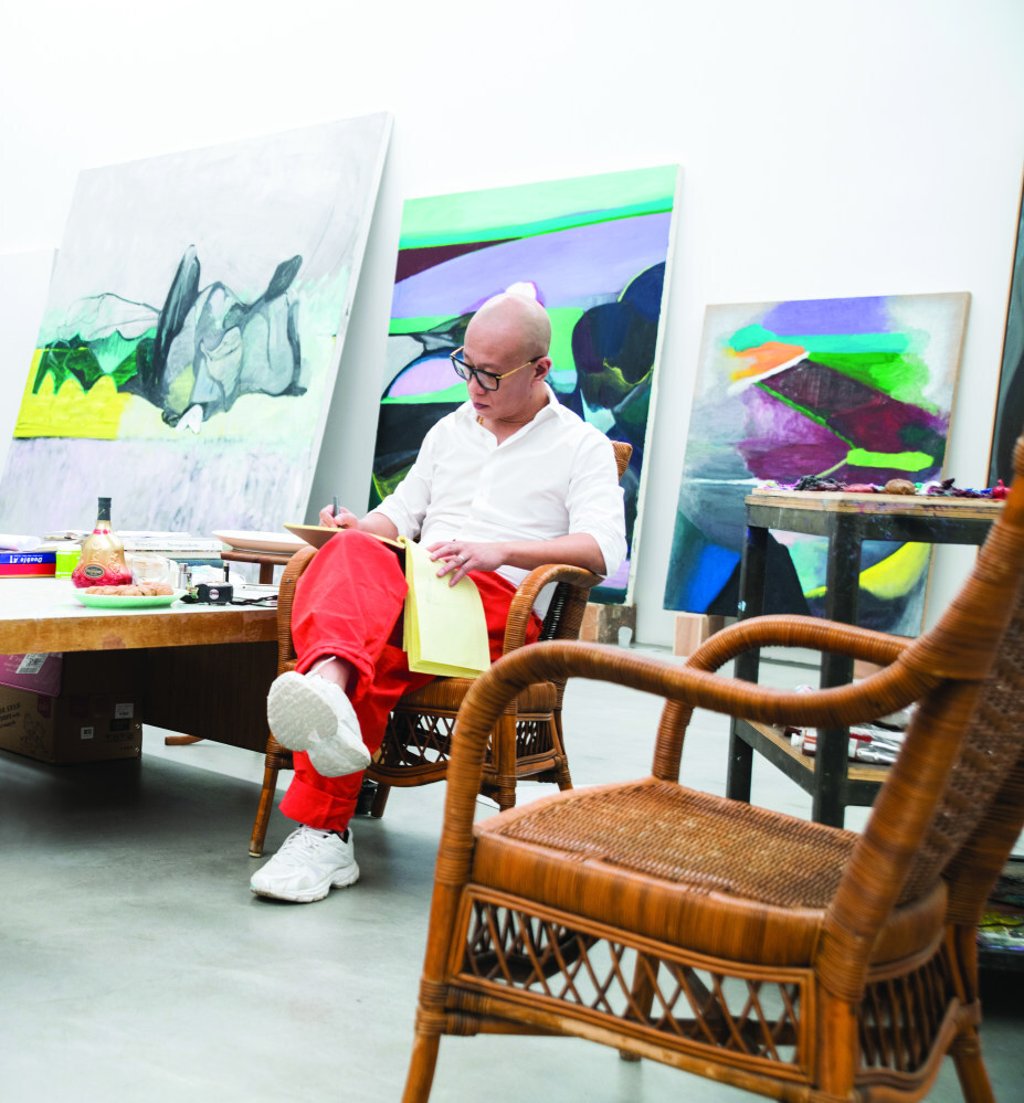How has Covid-19 influenced Liu Wei’s artworks? The Chinese contemporary artist on his solo exhibition at Shanghai’s Long Museum West Bund and welcoming the Year of the Ox with Hennessy V.S.O.P

- His provocative artworks, like models of the Colosseum and Guggenheim Museum made from dog treats, established Liu Wei as part of China’s ‘new wave’ art scene
- French Cognac brand Hennessy recently commissioned him to create a painting for its limited edition 2021 releases celebrating the Lunar New Year
Contemporary artist Liu Wei is known internationally for his provocative sculptural works, such as Indigestion II (2004), a two-metre-long mound of human excrement studded with half-digested toy soldiers. Or Love It! Bite It! (2005), a model of the Colosseum, Guggenheim Museum and other iconic buildings in the Western architectural canon, all painstakingly assembled out of edible dog chews. But he is far more than an artist merely out to shock.
Defying categorisation in both style and theme, his oeuvre includes paintings, installations, sculptures, photographs and video, and evokes subjects as wide-ranging as urbanisation and the body, capitalism and colonialism, consumption and ruin.

As a participating artist in the seminal exhibition “Post-Sense Sensibility: Alien Bodies and Delusion” in Beijing in 1999, which became the foundation of China’s “new wave” art scene, Liu has been at the cutting edge of Chinese art for two decades.

“The social stagnation brought by the epidemic has given me room for reflection,” says Liu. “A lot of problems that have arisen from the rapid development of contemporary society have been exposed due to the pandemic. To a certain extent, this has brought extended thinking and possibilities to my creations.”
Liu’s highly anticipated large-scale solo exhibition, “Liu Wei: 散場/Over”, ran at the Long Museum West Bund in Shanghai from November 11, 2020, to January 17 this year. Sprawling over 30,000 sq ft of exhibition space, it showcased his recent installations, sculptures and paintings. But the pandemic meant that the exhibition’s scale was not the only way in which it was unlike any that Liu had previously put on.
